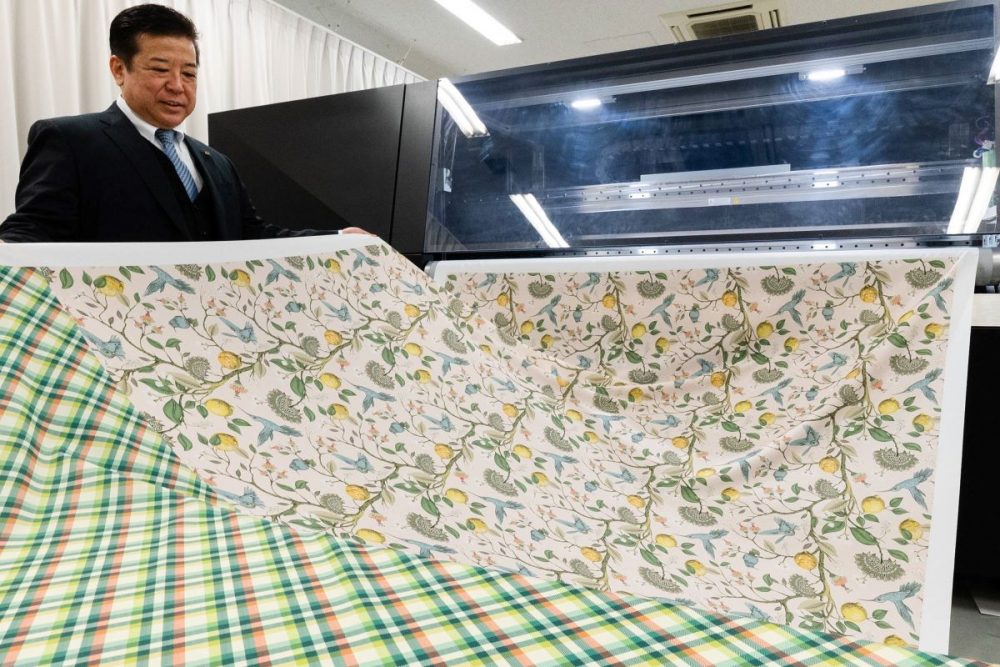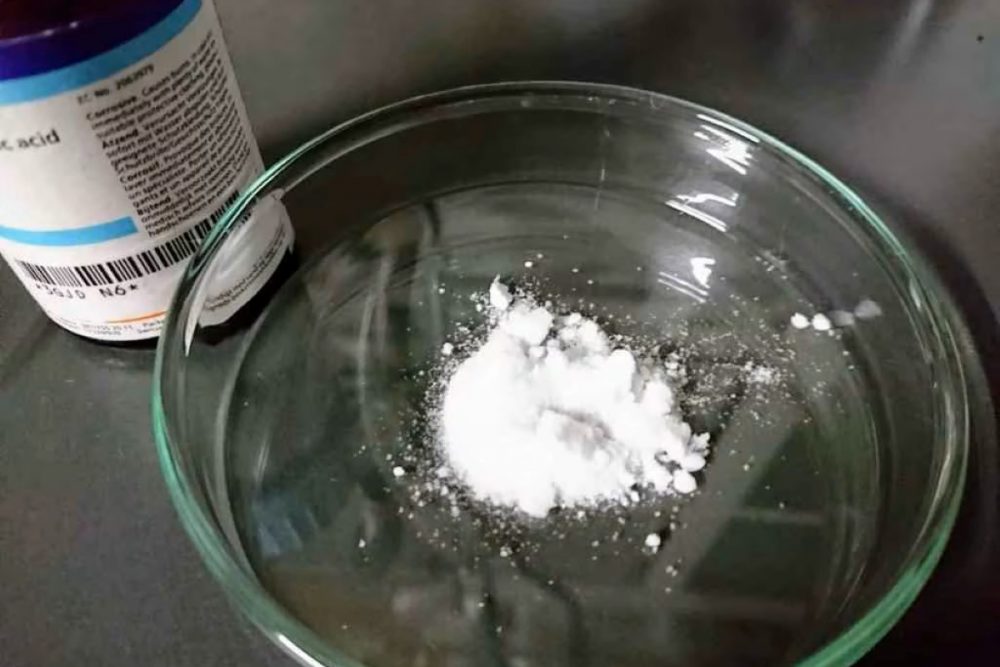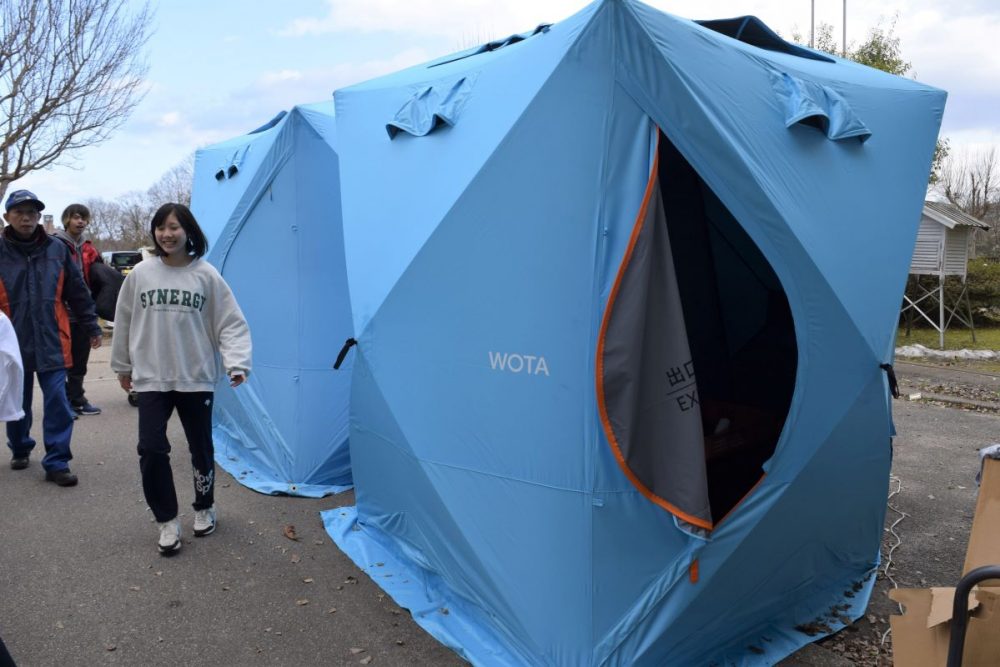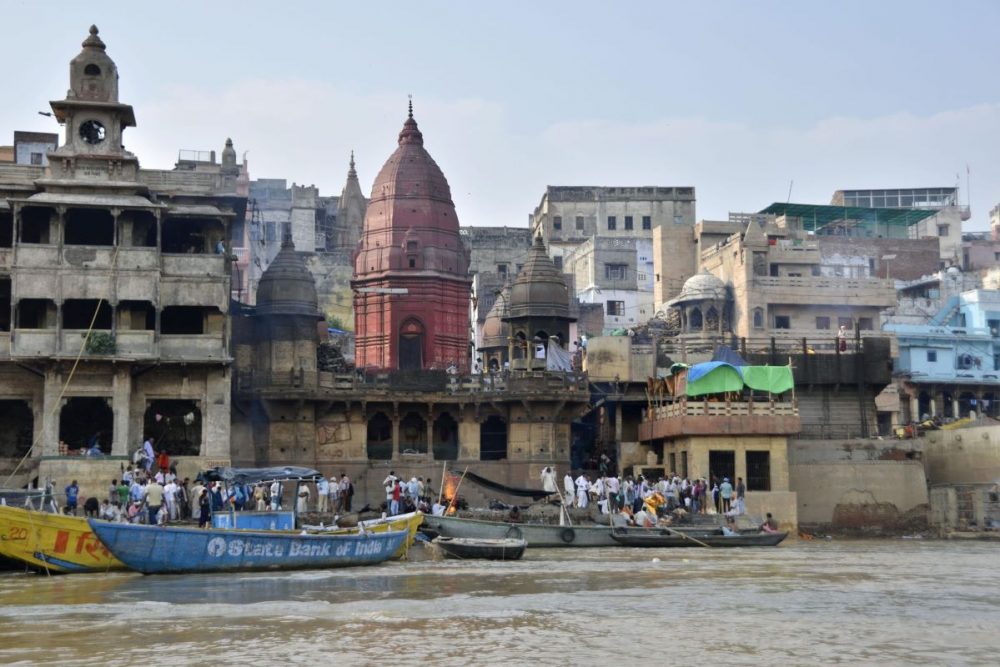A Turning Point for Japan's Safe and Delicious Tap Water
A government move is underway to ensure a continued stable supply of safe and delicious tap water, even during disasters, from Japan's aging water supply pipes.
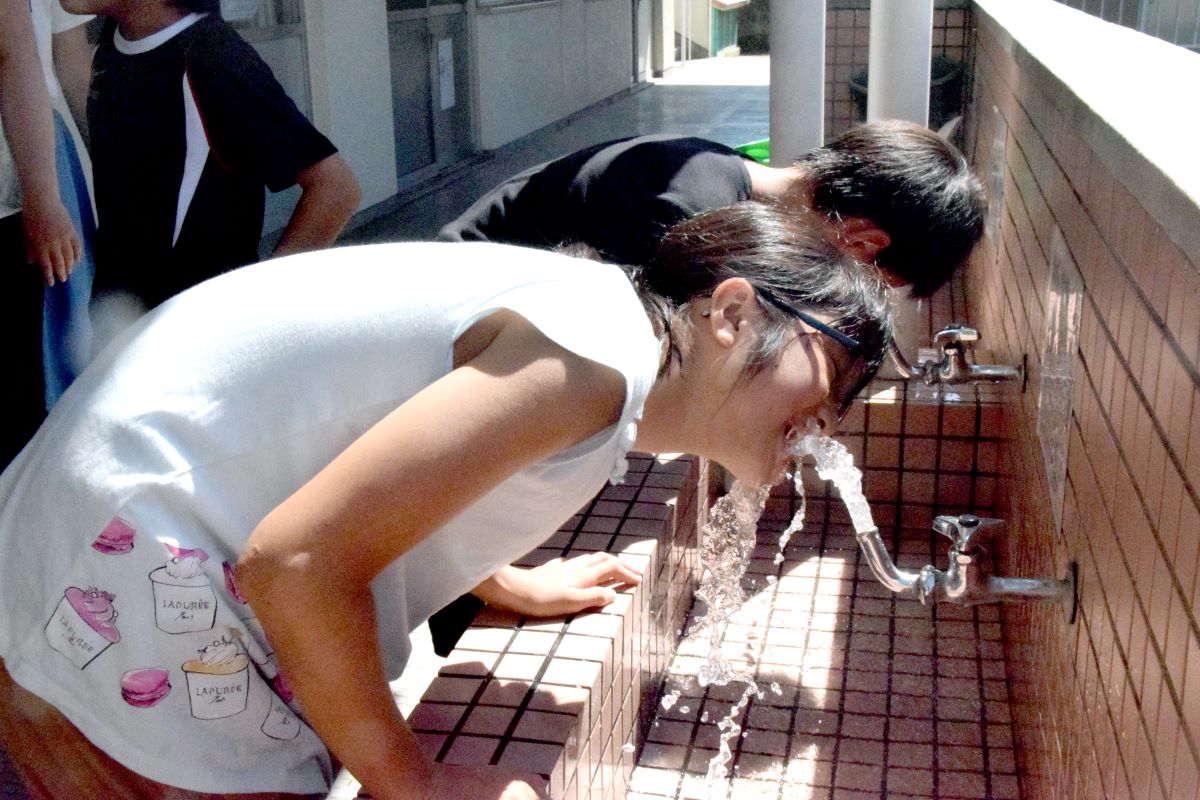
このページを 日本語 で読む
Come April 2024, the maintenance and management of Japan's tap water supply will transition from the Ministry of Health, Labour and Welfare (MHLW) to the Ministry of Land, Infrastructure, Transport and Tourism (MLIT). Local governments are facing challenges in maintenance due to aging and deteriorating water pipes put in place during the era of rapid economic growth.
The shift to MLIT, responsible for regional development, aims to streamline infrastructure upgrades and bolster disaster preparedness. This transition signifies a crucial moment for Japan’s globally recognized water supply industry, celebrated for providing both safe and delicious water.
Aging Pipes
Up to now, MHLW has overseen responsibilities related to the water supply system. Historically as water supply infrastructure advanced, the introduction of chlorine disinfection played a pivotal role in reducing infectious diseases such as cholera and dysentery. The nationwide water supply coverage reached 98.2% in 2021. From a public health standpoint, the ministry has successfully fulfilled its role.
Meanwhile, the current most critical issue facing Japan’s water supply is aging infrastructure. According to MHLW, 20.6% or one-fifth of all water pipes had exceeded their mandated service life of 40 years as of 2020. The proportion of water pipes that have undergone reinforcement remains at a mere 0.65% of the overall infrastructure.
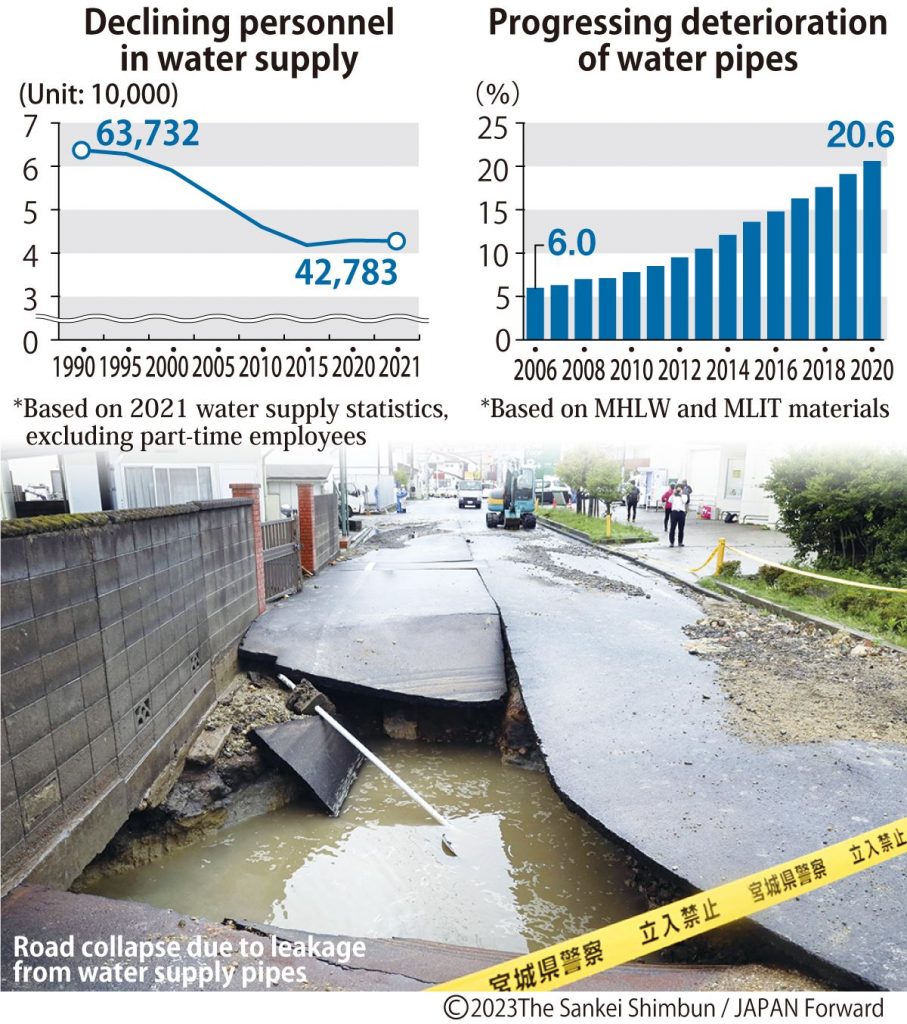
To date, the daily operations of the water supply industry have predominantly been managed by self-financing entities operating within municipalities. However, with around 1,300 operators nationwide, the sector is relatively smaller in scale and has a limited workforce compared to industries like electricity and gas.
A Crisis at Hand
An earthquake in northern Osaka in 2018 registering as a lower six on the Japan Meteorological Agency (JMA) Seismic Intensity Scale resulted in ruptures of aging water pipes. Water supply disruptions and leaks occurred across various areas. This event highlights the lack of progress in upgrading water pipes to be seismic resilient.
"During the 20th century, when the population was increasing, each municipality could responsibly maintain and manage its water supply," pointed out Kindai University Professor Takuya Urakami, specializing in public utility studies. "However, the situation is now more critical, especially in rural areas," he added.
Tomohiro Togo, in charge of business value creation at Tokyo-based Swing Corporation, a comprehensive water treatment company that designs and constructs water purification plants, echoes a similar sentiment. "Operating a separate water supply project in each municipality is no longer viable. It is necessary to promote collaboration across multiple municipalities and manage projects collectively," he stated. The urgent task at hand is to strengthen the water supply infrastructure.
Shifting Oversight
The transfer of the maintenance and management of the water supply system to MLIT, which oversees regional development bureaus, is expected to improve the situation. "The MLIT's expertise in infrastructure development can be utilized, and communication with water supply operators can take place more effectively at the local level," said an MLIT official.
The Ministry of the Environment (MOE) will assume tasks related to water quality and hygiene in the water supply system, previously under the jurisdiction of MHLW. Water quality standards spanning 51 items and including aspects influencing taste are "more stringent than standards for bottled mineral water, which have only 40 items," according to Professor Urakami.
Globally, only about 10 countries offer water supply that is safe to drink directly from the tap. Japan is fortunate to provide access to inexpensive, safe, and delicious water. However, Professor Urakami notes, "To preserve our globally renowned high-quality water, it is essential to establish sustainable maintenance and management mechanisms that align with the times."
このページを 日本語 で読む






